Temple Beth Rishon
Wyckoff, New Jersey
"A Thirty Year Partnership"

Challenge

Background
From 1983 through 1997 we met with the changing building committee and prepared a series of studies to improve portions of the building. Many sketch solutions were issued, but none were approved.
By 1997 the congregation could no longer wait and retained us to upgrade the social and religious portions of the building. This meant a redesign of nearly the entire existing facility; creating a stunning new Sanctuary, converting the original sanctuary into formal spaces for catering and events, expanding office space and creating an elegant Lobby large enough to accommodate the new spaces.
Studio 5 designed the Bima and led the design team for the beautiful stained glass windows that represent the holidays.

Sanctuary - Original Concept Sketch

Final design with Shabbat on the left and Israel Independence Day on the right.

From 2002 through early 2008 a series of designs were developed that attempted to improve the Education Wing of the building. In 2008 the Congregation approved a $4.7m project to construct a 2-1/2 story building by demolishing the original education wing and the 1983 addition. The Wyckoff Zoning Board finally approved a 2 story project in 2009 as the economy sank into Recession and the project was put on hold.




In 2011, in order to keep the approval intact, TBR held a series of internal meetings to determine what steps, if any, to take. This led to meetings with S5P in the winter of 2011 to develop a series of designs with a two story limit along with cost estimates for each of three schemes that were finally approved.




Solution
Following months of deliberationand sketches, it was narrowed to three concepts:
The two story scheme approved by the Wyckoff Zoning Board, with dedicated classrooms for both preschool and Hebrew school which eliminates the need for the staff to change the rooms and reconfigure every day but requires the demolition of the entire existing education wing. Estimated cost: $5 million.
A one story wing which requires the complete demolition of the existing education wing and while it doesn't resolve the need for the custodial staff to rearrange the rooms for preschool and Hebrew school use, it does enlarge the rooms and introduce modern technology. Estimated cost: $3 million.
A one story renovation of the existing education wing and the construction of a new second floor above the Multipurpose Room. Again, does not resolve the need to reconfigure the furniture but does enlarge the rooms, add storage and is estimated to cost around $1.5 million. The Congregation voted to proceed with this solution.



Since we couldn't develop classrooms dedicated to each age group, we analyzed how the rooms should work and how we could design multiple "personalities" into the rooms so they could transition from preschool to Hebrew school use every day. The solution lay in finding adjustable height tables that could remain in position and finding chairs that could be stacked within newly created closets. Completing the room changeover were cabinets designed to allow age appropriate materials to be displayed by simply closing and opening swing doors.


At the end of the preschool session, the tables are raised, chairs stacked and stored, the cabinet doors swing closed, the smart board is raised and the white boards are reversed completely changing the personality of the room. See image below.
The pneumatic tables provide flexibility without having to move or store them for different users. Each room has storage closets to accomodate the different size seating and cabinets for school materials and toys. Every item that needs to be stored has been identified and a place for its storage developed.



The top image shows the preschool configuration with the tables lowered and the smaller chairs set for group play. The cabinets under the windows are open and manipulative toys and objects are readily available.
To set up for Hebrew school, the chairs and other loose elements are put away, the tables are raised and chairs suitable for older children are brought out of storage. The tables and chairs are easily configured for lessons using the smart board and other activities suitable for the older group. The cabinets under the windows are closed, so the preschool toys and manipulatives are not distracting.
The introduction of technology was a major influence on the design. Each room has a smart board controlled by computer, has wifi and wired connectivity, intercom and telephone service.
Design Team
| Architects/Planners, Interior Designers | |
| Front Expansion | Maria Raymond & Studio 5 Partnership, Architects/Planners |
| Education Center | Studio 5 Partnership, Architects/Planners |
| Structural Engineers | |
| Front Expansion | Paul Beck Associates, Structural Engineers |
| Education Center | Reuther and Bowen |
| Mechanical Engineers | |
| Education Center | Arris Engineering |
| Site Civil Engineers | Lapatka Associates |

